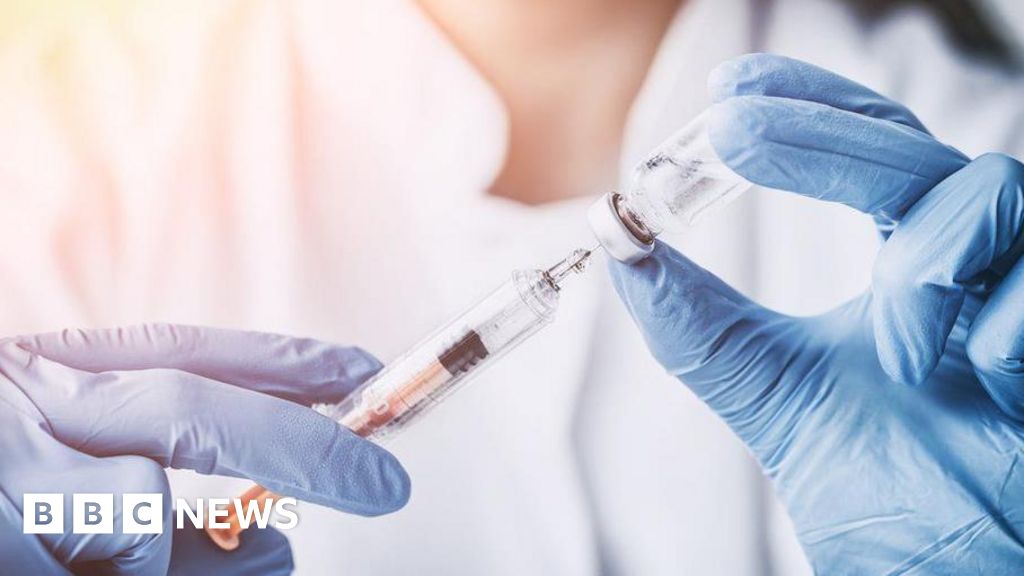A resilient desert moss, Syntrichia caninervis, might be an ideal pioneer plant for Mars colonization. This tiny, but tough plant has shown an impressive ability to survive in some of the harshest conditions imaginable. This makes it a promising candidate for future space missions aimed at creating habitable environments on other planets.
What makes this moss special?
S. caninervis is a common moss species found in extreme desert environments around the world, including places like Tibet, Antarctica, and the polar regions. Its incredible survival skills have caught the attention of scientists looking for plants that could thrive in extraterrestrial conditions.

Researchers from the Chinese Academy of Sciences discovered that this moss can lose more than 98% of its water and still bounce back to life almost instantly when rehydrated. This ability to “dry without dying” is crucial for surviving the extremely dry conditions found on Mars.
They also found that the moss can endure ultra-low temperatures, surviving storage at -80 degrees Celsius (-112 degrees Fahrenheit) for up to five years and at -196 degrees Celsius (-321 degrees Fahrenheit and the temperature of liquid nitrogen) for up to 30 days. After enduring temps that would kill almost anything or anyone, the moss was able to regenerate and regrow.
“Our study shows that the environmental resilience of S. caninervis is superior to that of some of highly stress-tolerant microorganisms and tardigrades,” the researchers wrote. “S. caninervis is a promising candidate pioneer plant for colonizing extraterrestrial environments, laying the foundation for building biologically sustainable human habitats beyond Earth.”
Aside from the ability to withstand killing temperatures, the moss can survive high levels of gamma radiation, lethal to most other life forms. For context, humans can suffer severe health effects and even death from around 50 units of gamma radiation (Gy), but S. caninervis can survive up to 5,000 Gy. In fact, a dose of 500 Gy even seemed to promote its growth.
In their study, the researchers tested the moss in a specialized chamber that mimics the environment on Mars. This included low temperatures, low oxygen levels with 95% carbon dioxide, high UV radiation, and low atmospheric pressure. The moss survived and regenerated under these Martian-like conditions.
Why is this important for Mars colonization?
Mars is one of the most likely candidates for human colonization in our solar system. However, its harsh environment poses significant challenges for sustaining human life. One of the key steps in making Mars habitable is to introduce plants that can survive and thrive in the extreme conditions found on other planets. Plants like S. caninervis could play a crucial role in this process, known as terraforming, by creating a more Earth-like environment.
The findings from this study are significant because they suggest that S. caninervis could be one of the first plants to be used in creating sustainable living conditions in our celestial neighbor. Its ability to produce oxygen, sequester carbon, and improve soil fertility makes it an ideal candidate for supporting the growth of other plant and animal life on the Red Planet, contributing to the development of a sustainable ecosystem.
“Although there is still a long way to go to create self-sufficient habitats on other planets, we demonstrated the great potential of S. caninervis as a pioneer plant for growth on Mars,” the researchers wrote. “Looking to the future, we expect that this promising moss could be brought to Mars or the Moon to further test the possibility of plant colonization and growth in outer space.”
The findings appeared in the journal The Innovation.
Thanks for your feedback!











/https://tf-cmsv2-smithsonianmag-media.s3.amazonaws.com/filer_public/34/31/3431771d-41e2-4f97-aed2-c5f1df5295da/gettyimages-1441066266_web.jpg)







Discussion about this post